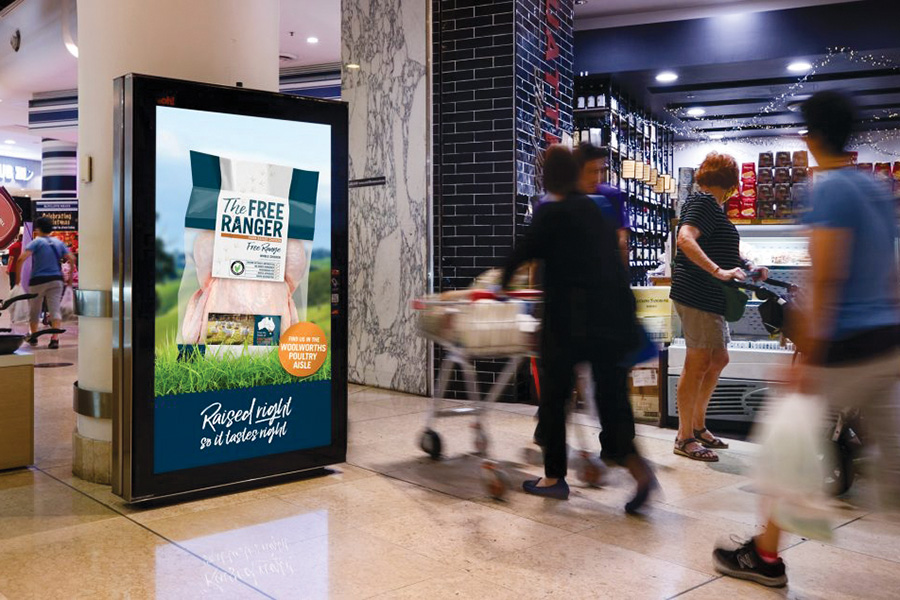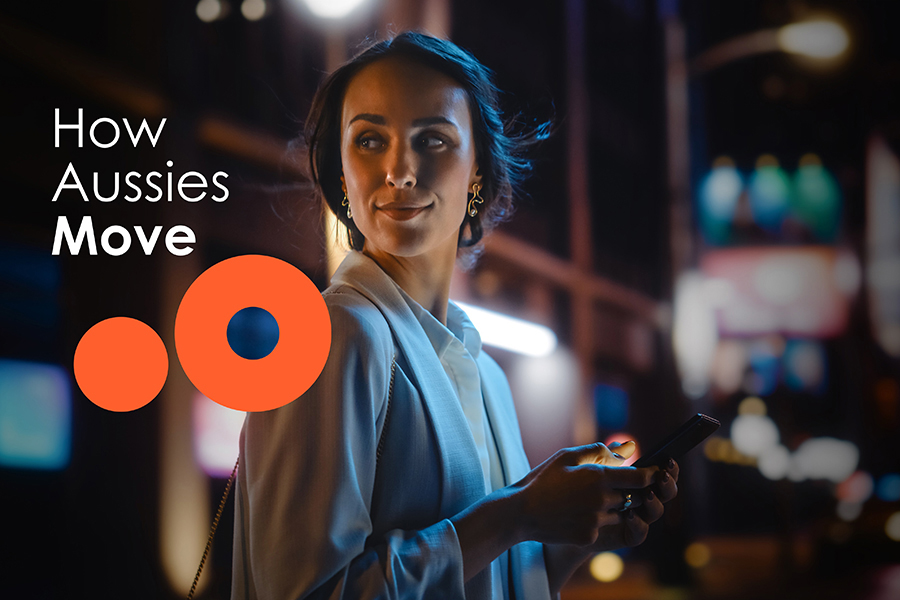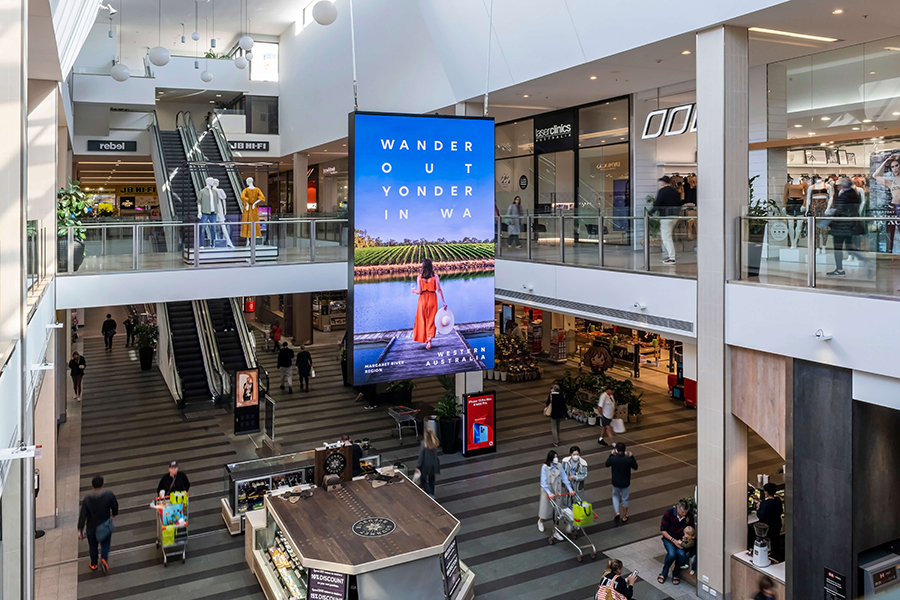Australians are shopping more frequently and in more varied locations than ever before, with the physical retail experience continuing to drive consumers in-store, new research by oOh!media reveals.
In a major new study of how our work and personal lives have changed post-COVID, oOh!’s ‘How Aussies Move’ uncovers the current mindset, moments and movements now influencing Australians and the role Out of Home has in connecting with them.
Following several years of disruption that forced many to shop online, bricks-and-mortar stores remain popular with shoppers, with more than half (51%) preferring an in-store shopping experience. A further 41% say they prefer to take their time when making their purchases.
Australians still love to shop and visit a cross-section of retail centres each week, driven primarily by utility, for grocery shopping, but also for leisure and entertainment. More than half (54%) of those questioned said their choice of shopping centre destination was driven by localisation, with 47% citing convenience as the most important factor for visitation.

Localisation and convenience are important deciding factors when it comes to which retail centres consumers visit
With PwC predicting retail media spending will hit $2 billion annually by 2025, oOh! has launched reooh, a major move into the retailer media market with an end-to-end Out of Home offering for retailers to fast-track growth and drawing on oOh!’s dominant retail media position, includes 6,000 assets in more than 500 shopping centres nationwide.
Neil Ackland, chief content, marketing and creative officer at oOh! said: “How Aussie Moves makes it clear that the physical retail experience is still preferred and enjoyed by the majority of people. Driven primarily by utility, our shopping behaviours will continue to evolve, with localisation and convenience important deciding factors when it comes to which retail centres we visit.”
Other key findings from the study reveal how we have shifted from work-related priorities to spending more time with family, friends, looking after finances and improving physical and mental health.
Daily movement and travel patterns have also changed with 42% saying their routines have become more varied. Trips have become shorter and more frequent with people travelling more within their local environment.

oOh!media invests heavily in technology, and is pioneering the use of sophisticated data techniques that enable clients to maximise their media spend through unrivalled and accurate audience targeting
Ackland added: “The disruption to our lives has led to significant changes in how we move in the Out of Home environment, be that in how we work, travel, shop or play. We have recalibrated what’s truly important to us, which has led to more free time resulting in a more positive mindset.”
oOh!, in conjunction with research partner Pollinate, engaged leading experts in consumer psychology, human geography, the future of work, and infrastructure planning, conducted in-depth interviews with commuters and travellers, and carried out a nationally representative sample of 2,000 Australians to understand the changes in audience behaviour and what it means for brands.





















